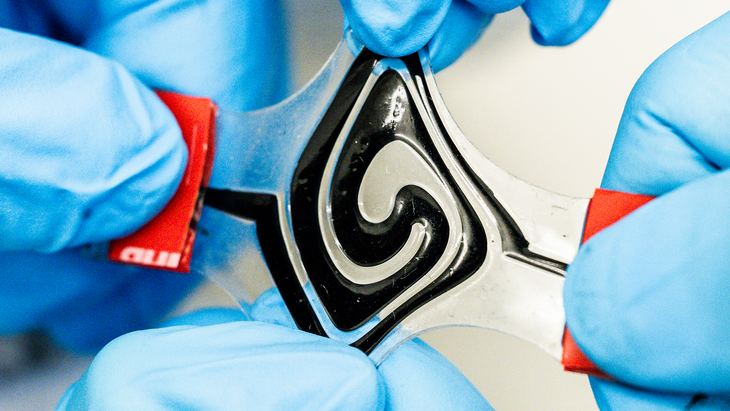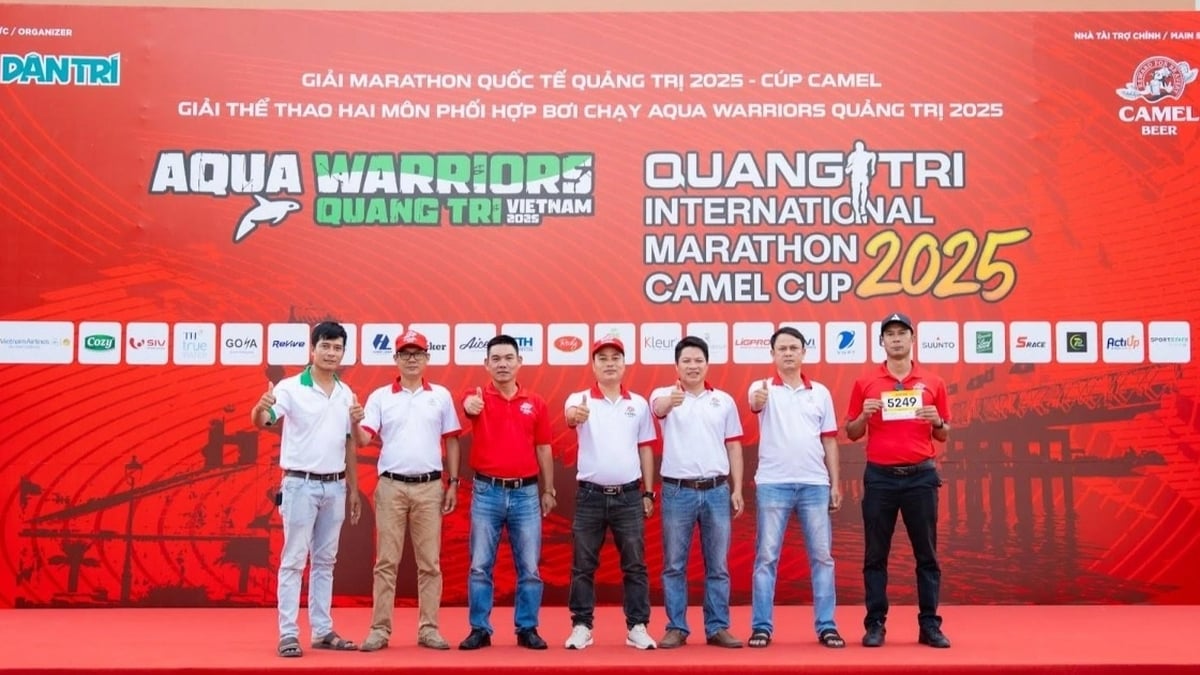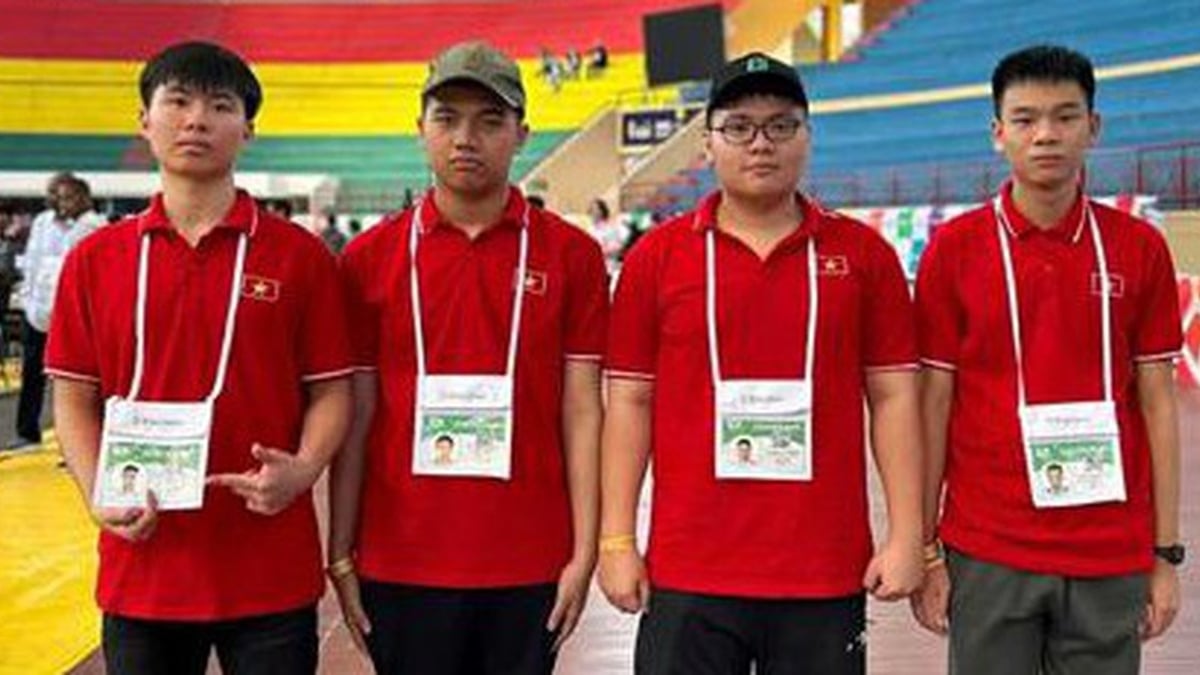
New type of battery can be bent and stretched without losing performance, meeting the requirements of modern medical devices - Photo: Thor Balkhed
The work was published by scientists at Linköping University (Sweden) in the journal Science Advances (USA). This is the world's first battery that can both store energy well and withstand strong deformation, can be bent, stretched, and even printed with a 3D printer.
"The texture of this battery is like toothpaste. It can be 3D printed into any shape the designer wants, which opens up huge potential for personalized, body-worn devices," researcher Aiman Rahmanudin shared.
These batteries are particularly well suited for wearable or implantable medical devices such as hearing aids, pacemakers, glucose sensors or insulin pumps, which require small, flexible and body-safe power sources.
Unlike traditional batteries that are often stiff and bulky, flexible batteries can stretch to 200% of their original size while still functioning normally, and can charge and discharge for more than 500 cycles.
The battery is made from an organic material called lignin, a waste product of the paper industry, and electrodes made from nanographite and silver nanowires, allowing for good electrical conductivity while remaining flexible.
Beyond medical devices, the new battery also opens up prospects for soft robots, which can mimic the natural movements of living organisms, and smart clothing, where integrated electronic circuits must be flexible, lightweight, and easily attached to fabric.
The team says the new battery currently produces about 0.9 volts, which isn’t enough to run most common electronics, which require at least 1.5 volts. But they’re continuing to improve it to increase the voltage and energy storage capacity.
Materials engineering expert Pragathi Darapaneni said this is a major breakthrough in the design of electronic devices: "With this new type of battery, the device will no longer be limited by rigid shapes. It can be designed in any shape that suits the user, which is very necessary in biomedical technology and healthcare."
However, scientists also emphasize that this type of battery needs to be carefully evaluated for its biological safety, non-toxicity and compatibility with human skin before being widely applied.
Source: https://tuoitre.vn/phat-minh-loai-pin-deo-nhu-kem-danh-rang-20250520204532262.htm


































































































Comment (0)